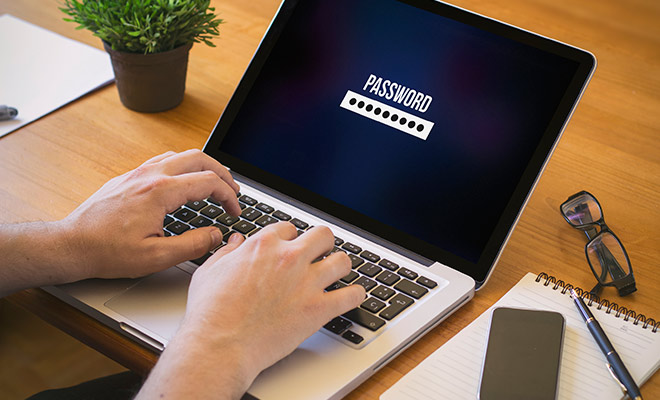The Do’s and Don’ts for Creating a Secure Password

It seems like every time we turn around we hear of another data breach. Most recently Capital One. Equifax, Panera Bread and Target are others to name a few. We rely on these companies to keep our data safe, and as time goes on, they are implementing more secure ways to do that.
But what can you do to keep your own data safe? Are you doing enough to deter hackers from gaining access to your devices and information?
One of the best ways to protect your information is to use strong passwords. According to statistics, more than 90% of passwords are vulnerable to password hacking. And over 50% of us reuse our passwords across many accounts.
Here are some things you SHOULDN’T do when it comes to passwords;
- Don’t use simple phrases such as “letmein” or “password.”
- Don’t use easily decrypted letter or number patterns like “1234567” or “qwerty.”
- Don’t use the same few passwords over and over again. If one of your programs becomes compromised, the others are still safe.
- Don’t store your passwords in easily located places. Excel spreadsheets and files named “passwords” are NOT secure.
- When prompted to change a password, don’t only change one character.
- Don’t use real words, and avoid names, places, and dictionary words. Hackers are more sophisticated. Computers are used to run every word in the dictionary to guess our passwords.
- Never use personal information as a part of your password. It’s very easy for someone to guess things like your last name, pet’s name, child’s birth date and other similar details.
Creating a safe password is important, but how can you create a password you can remember? These simple tips should help:
- The longer the password, the harder it is to crack. Create a password that uses at least 12-characters.
- Mix different types of characters. Use uppercase letters, lowercase letters, numbers and even special characters such as ‘&’ or ‘%’.
- Use a passphrase. Think up a sentence or a line from a song or poem that you like and create a password using the first letter from each word.
There are different schools of thought on how often you should change a password. Change your password under any of these circumstances:
- If you receive notification from a company that your information has been compromised.
- If you think there has been an unauthorized login to your account. For example, if you left stored login information on a device that is used by someone else.
- You have logged in to your account on a shared computer at a library or other public place using Wifi. This is particularly important if you logged in to your bank or medical records.
- If you share log in info with a co-worker who is no longer with the company.
- It has been more than a year since you have updated the password. While we don’t need to constantly be updating our passwords, we don’t want to leave them forever either.
Creating a strong password is only the beginning. For more tips on security and ways to protect your information read here>>.